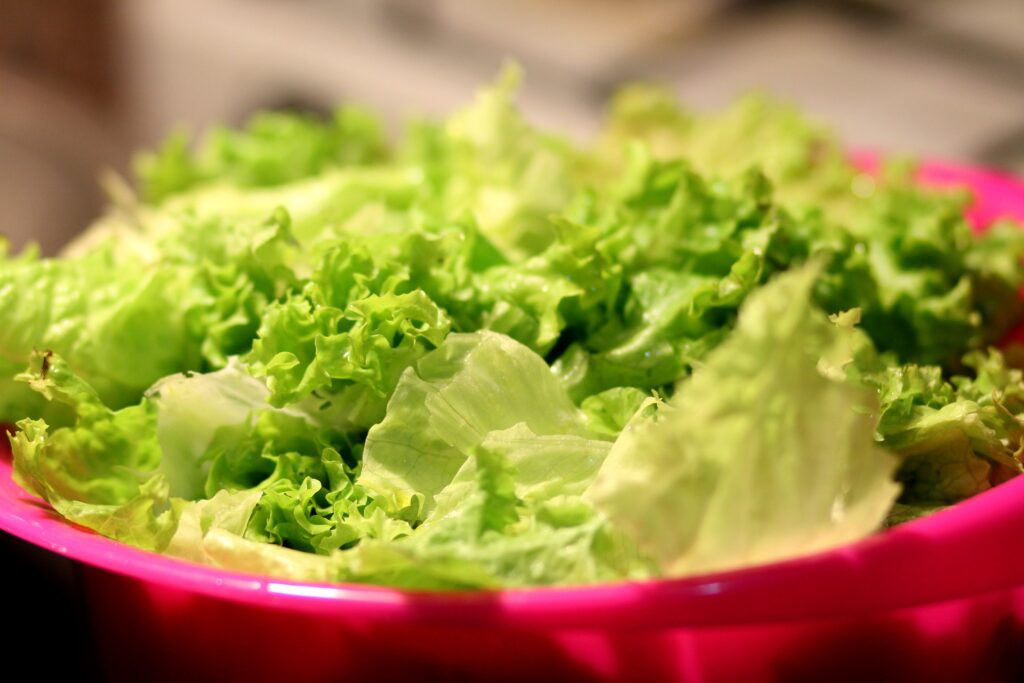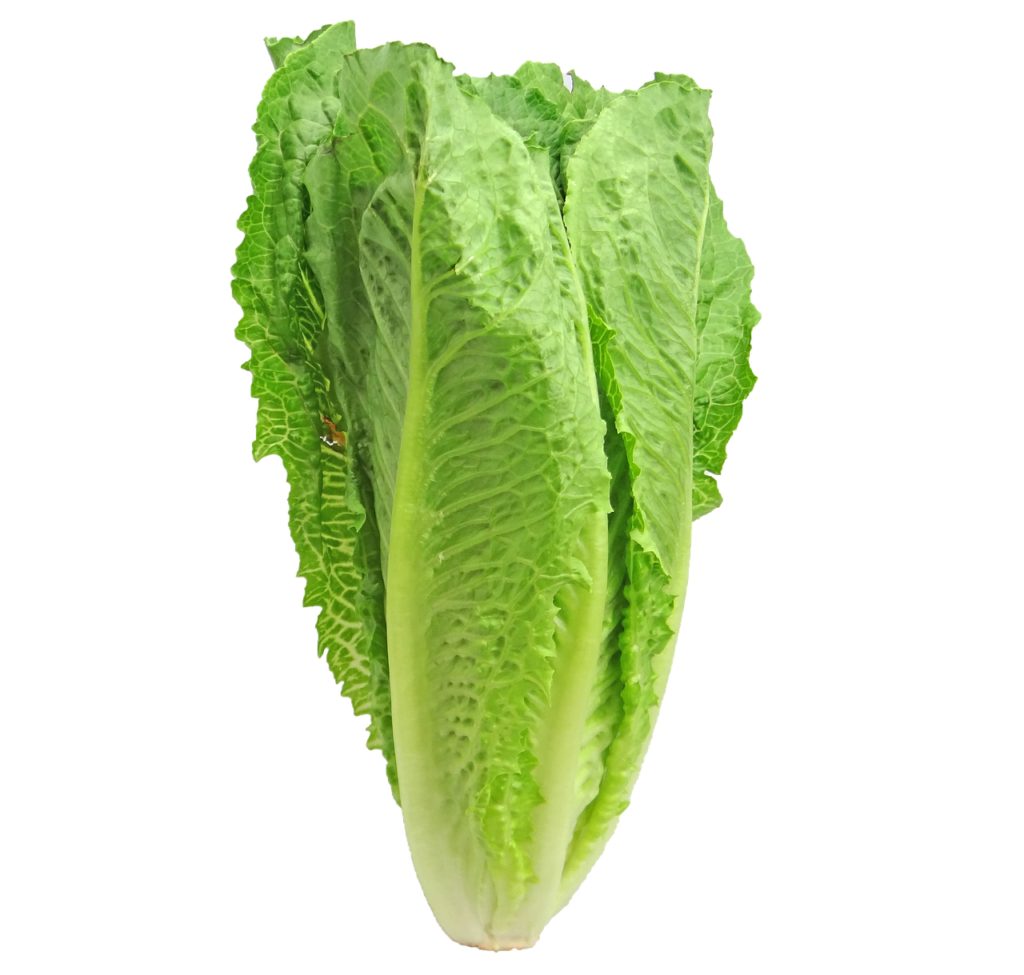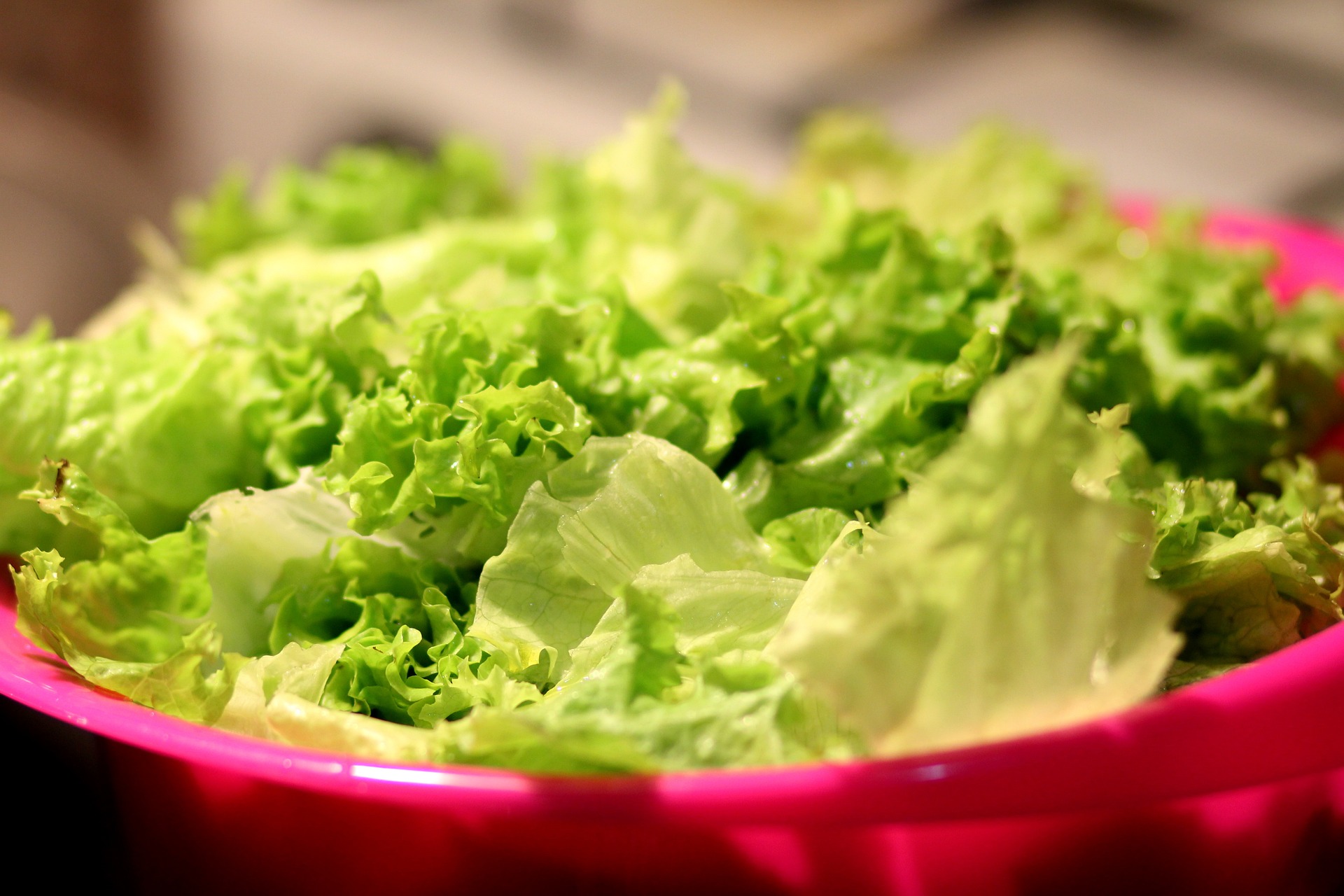
Table of Contents
Overview
Lettuce is much more than a simple ingredient in salads—it’s a versatile, nutrient-rich leafy green that plays an important role in a healthy diet. This widely consumed vegetable is not only appreciated for its crunchy texture but also for its remarkable health benefits. In this article, we’ll explore the nutritional profile of lettuce, delve into its numerous health advantages, examine the different varieties, and provide practical tips on incorporating it into your daily meals.
Nutritional of Lettuce
Lettuce, commonly found in diets around the world, is a low-calorie food packed with essential vitamins and minerals. Its nutritional composition includes high levels of vitamins A, C, and K, along with folate, potassium, and fiber. It also contains a significant amount of water, making it an ideal choice for staying hydrated. Below is a detailed breakdown of its key nutrients
- Vitamin A: Plays a crucial role in maintaining healthy vision, skin, and immune function. It is especially effective in preventing night blindness.
- Vitamin C: Known for its antioxidant properties, vitamin C strengthens the immune system, aids in wound healing, and supports skin health.
- Vitamin K: Vital for blood clotting and bone health, vitamin K helps maintain bone density and may reduce the risk of fractures.
- Folate: Essential for DNA synthesis and cell division, folate is particularly important for pregnant women to prevent neural tube defects in newborns.
- Potassium: This mineral helps maintain healthy blood pressure levels and supports heart health by counteracting the effects of sodium.
- Fiber: Lettuce’s fiber content aids digestion, supports gut health, and can help manage weight by promoting a feeling of fullness.
- Water Content: With about 95% water, lettuce contributes to daily hydration needs and helps keep the body cool, especially in hot weather
The Health Benefits of Tomatoes
Health Benefits of Lettuce
Regular consumption of lettuce offers numerous health benefits due to its diverse nutritional components. Let’s explore these benefits in more detail:
Supports Weight Loss and Management
Lettuce is extremely low in calories, which makes it a great option for those looking to lose or maintain weight. Its high water and fiber content help increase satiety, leading to reduced overall calorie intake. By adding more lettuce to your meals, you can enhance portion sizes without significantly increasing caloric content, which is beneficial for anyone following a calorie-restricted diet.
Promotes Eye Health
Rich in vitamin A, lettuce plays a significant role in maintaining healthy eyesight. Vitamin A helps prevent age-related macular degeneration and night blindness by supporting the health of the retina. Including lettuce in your diet may also reduce the risk of developing cataracts, a condition characterized by clouding of the eye’s lens, which impairs vision
Enhances Bone Strength and Health
The vitamin K content in lettuce is essential for bone metabolism. Vitamin K helps in the production of proteins that support bone mineralization, reducing the risk of osteoporosis and bone fractures. A consistent intake of vitamin K through leafy greens like lettuce is associated with better bone density, particularly in older adults
How Lemons and Limes Can Improve Your Health
Improves Digestive Health
Lettuce’s fiber content can enhance digestive health by promoting regular bowel movements and preventing constipation. Fiber also plays a role in maintaining a healthy gut microbiome, which is linked to overall well-being, including improved mood and immune function. The combination of fiber and water in lettuce ensures that your digestive system functions smoothly.
Boosts Hydration
As lettuce is composed of approximately 95% water, it is an effective way to stay hydrated. Proper hydration is crucial for maintaining bodily functions, including temperature regulation, nutrient transportation, and joint lubrication. Adding lettuce to meals, especially during hot weather or after physical activity, can help replenish lost fluids and prevent dehydration.
Supports Heart Health
Potassium in lettuce aids in the regulation of blood pressure by counteracting the effects of sodium. Additionally, the fiber content helps to reduce cholesterol levels, which can lower the risk of heart disease. Vitamin C, with its antioxidant properties, may also contribute to heart health by protecting against oxidative stress and inflammation
Provides Antioxidant Protection
Lettuce contains various antioxidants, including vitamin C and beta-carotene, which help protect cells from damage caused by free radicals. These antioxidants play a role in reducing inflammation, slowing the aging process, and potentially lowering the risk of chronic diseases such as cancer and cardiovascular conditions
Foods That Are Surprisingly Bad for Your Cholesterol
Different Varieties of Lettuce and Their Benefits
Lettuce comes in various types, each with its own unique nutritional benefits and flavor profiles. Here are the most popular varieties and what they have to offer:
Romaine Lettuce

- High in vitamins A and K, folate, and fiber
- Romaine is excellent for supporting vision and bone health due to its rich vitamin content. Its crisp texture also makes it perfect for salads and sandwiches.
- Crisp and slightly bitter, making it ideal for hearty salads
Iceberg Lettuce
- Lower in nutrients compared to other lettuce varieties but still offers hydration and fiber.
- While not as nutrient-dense as other lettuces, it provides a crunchy texture and can be used as a low-calorie filler in dishes.
- Mild and crunchy, making it suitable for adding bulk to salads.
Butterhead Lettuce (Bibb and Boston)
- Contains higher amounts of iron and folate.
- This variety is beneficial for maintaining healthy blood cell production due to its iron content. Folate supports DNA synthesis and cell growth.
- Soft and tender leaves with a buttery flavor, often used in wraps or light salads.
Leaf Lettuce (Red and Green)
- Rich in vitamins C and A, with some varieties also containing anthocyanins, which give red leaf lettuce its color.
- Anthocyanins in red leaf lettuce have antioxidant properties that help reduce inflammation. Green leaf lettuce is a good source of fiber and other essential nutrients.
- Delicate and slightly sweet, with a more flexible leaf structure compared to Romaine
Health Benefits of Pomegranates
Practical Ways to Incorporate Lettuce into Your Diet
Incorporating lettuce into your diet is easy due to its versatility. Here are some creative and practical ideas:
- Salads: Mix various types of lettuce for a diverse salad that combines different textures and flavors. Add vegetables, lean proteins, nuts, and dressings to enhance the nutritional value.
- Lettuce Wraps: Use large lettuce leaves as a substitute for bread or tortillas to create low-carb wraps filled with meats, beans, or tofu.
- Smoothies: Blend lettuce with fruits, such as bananas or apples, and other vegetables like cucumber for a refreshing green smoothie.
- Tacos and Burgers: Swap out the traditional taco shell or burger bun with lettuce leaves for a lighter, healthier alternative.
- Stir-fries and Soups: Add shredded lettuce at the end of cooking for an extra dose of nutrients without compromising the dish’s flavor.
Potential Risks and Considerations
Despite its health benefits, there are a few risks and considerations associated with lettuce consumption:
- Contamination Risks: Lettuce, especially pre-packaged varieties, may be susceptible to contamination from harmful bacteria like E. coli and Salmonella. Always wash lettuce thoroughly before eating and avoid using damaged leaves.
- Interaction with Blood Thinners: Those taking blood-thinning medications should consult a healthcare professional before increasing their intake of vitamin K-rich foods, as they may interfere with medication.
- Possible Digestive Issues: While lettuce is generally easy to digest, some individuals may experience gas or bloating if they consume large amounts
Debunking Common Myths About Lettuce
There are several misconceptions surrounding lettuce, especially regarding its nutritional value. Let’s address some common myths:
Lettuce Has No Nutritional Value
- Reality: Although some types like iceberg lettuce are lower in nutrients compared to others, lettuce still provides valuable vitamins, minerals, and fiber, which contribute to overall health.
Lettuce Is Just Water and Can’t Keep You Full
- Reality: While lettuce is indeed high in water, its fiber content can help promote a feeling of fullness, making it a valuable addition to meals aimed at weight management.
Darker Greens Are Always Better Than Lettuce
- Reality: While darker greens such as spinach and kale are indeed nutrient-dense, different types of lettuce offer unique benefits that make them valuable for a balanced diet. Incorporating a variety of leafy greens, including lettuce, ensures a broad range of nutrients
Tips for Buying, Storing, and Preparing Lettuce
To make the most of lettuce’s health benefits, proper buying, storing, and preparation techniques are essential:
Buying Tips
- Look for crisp, vibrant leaves without any signs of wilting or browning.
- Choose organic lettuce when possible to minimize exposure to pesticides.
- Pre-packaged lettuce should be free from excessive moisture inside the bag.
Storage Tips
Store unwashed lettuce in the refrigerator’s crisper drawer, wrapped in a paper towel and placed inside a plastic bag or container to maintain freshness.
Avoid washing lettuce until just before use to prevent wilting.
Preparation Tips
Always wash lettuce thoroughly under cold running water to remove any dirt or pesticide residues.
Use a salad spinner to dry leaves thoroughly, ensuring they remain crisp
The Takeaway
Lettuce is more than just a salad staple—it’s a versatile and nutritious addition to any diet, offering a variety of health benefits, from supporting weight loss to promoting bone and eye health. Its different varieties, each with unique nutritional profiles and flavors, allow for countless culinary possibilities. Incorporating lettuce into your meals can be an easy way to boost your intake of essential vitamins, minerals, and fiber, while also staying hydrated
To maximize the health benefits of lettuce, select fresh, high-quality varieties, store them properly, and incorporate them creatively into meals. Whether used in salads, wraps, or smoothies, lettuce can contribute significantly to a balanced and nutrient-rich diet. Keep in mind the potential risks, such as contamination, and always wash lettuce thoroughly before consumption. By embracing lettuce as a staple in your diet, you can enjoy its crunchy texture, refreshing taste, and numerous health advantages while maintaining a healthy lifestyle
Frequently Asked Questions
- What are the health benefits of eating lettuce?
Lettuce offers various health benefits, including supporting weight loss, promoting hydration, improving digestion, enhancing bone health, and maintaining healthy vision. It’s rich in essential vitamins like A, C, and K, as well as minerals such as folate and iron, making it a nutritious addition to your diet. - Are there different types of lettuce, and do they have different nutritional profiles?
Yes, there are several types of lettuce, such as romaine, iceberg, butterhead, and leaf lettuce. Each type has a unique nutritional profile. For example, romaine is particularly rich in vitamins A and K, while iceberg contains fewer nutrients but offers a crisp texture. Choosing a mix of lettuce types can help you get a variety of nutrients - How can I incorporate lettuce into my diet besides making salads?
Lettuce can be used in various ways beyond salads. You can add it to sandwiches, wraps, or burgers, use it as a bed for grilled meats or stir-fried vegetables, or blend it into smoothies for added fiber and nutrients. Some people even use lettuce leaves as low-carb wraps for tacos or other fillings. - Is there a risk of contamination with lettuce, and how can I reduce it?
Lettuce, especially when consumed raw, can sometimes be linked to foodborne illnesses. To reduce this risk, wash lettuce thoroughly under cold running water before eating. Consider buying organic lettuce or growing your own to avoid exposure to harmful pesticides












